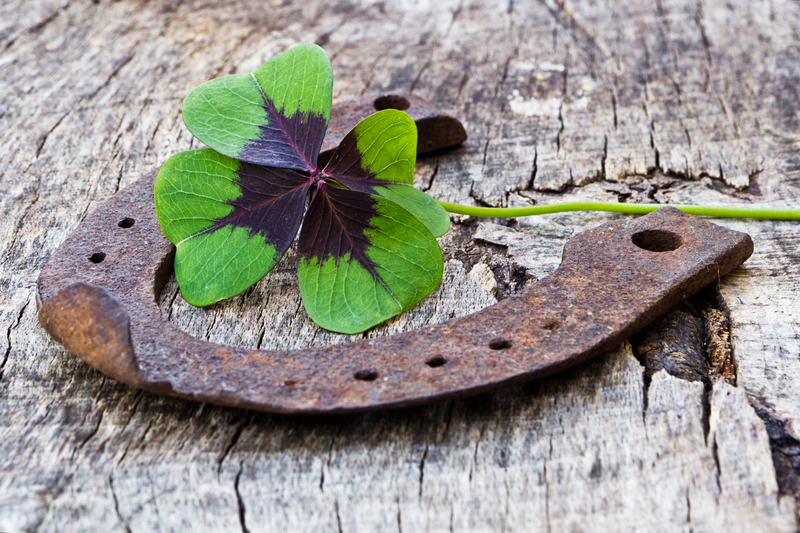How to Ready Your Garden Before Moving
Posted on 20/06/2025
How to Ready Your Garden Before Moving
Moving can be a stressful time, particularly if you have a cherished garden that's been the result of years of care and dedication. Preparing your garden for relocation involves more than just sentimentality; it encompasses an array of tasks that ensure both the health of your plants and the readiness of the new location. This guide aims to offer comprehensive steps to make the entire process smoother and more efficient.
Planning and Assessment
Before you start digging up plants or pruning bushes, a well-thought-out plan and a thorough assessment of your garden are crucial. Here's how you can go about it:
- List Your Plants: Note down all your plants, shrubs, and trees currently in your garden.
- Identify Critical Plants: Distinguish between must-take plants and those you can leave behind or gift to friends.
- Assess the New Location: Check the gardening conditions in your new home such as soil type, sunlight exposure, and climate. This step is essential to determine which plants can make it to the new garden.

Seasonal Considerations
Just like planting and pruning, relocating plants has its optimal seasons. Most plants fare better if you transport them during their dormant seasons, which typically are late fall and early spring. This is when plants are less active, reducing the stress of relocation.
- Perennials: If your move aligns with the seasons mentioned, start by relocating perennials. They recover faster and adapt more easily.
- Annuals: These plants are relatively easy to manage as they tend to be more adaptable and less stressed by uprooting and replanting.
- Evergreens: Opt to move evergreens in early spring or late summer for the best results.
Preparing Plants for Relocation
Once you have identified and prioritized your plants, it's time to prepare them for their journey:
- Watering: A few days before the move, ensure plants are well-watered. This helps reduce transplant shock and keeps the roots moist during transport.
- Pruning: Lightly prune plants to make them more manageable. Pruning also helps improve airflow, reducing the risk of disease during transportation.
- Digging and Lifting: Dig around the root zone and gently lift the plant, ensuring to keep as much soil around the roots as possible.
- Wrapping: Wrap the roots in burlap or plastic to retain moisture. This is particularly crucial for plants with extensive root systems like trees and larger shrubs.
Transporting Plants
The way you transport your plants can significantly impact their health. Here are the best practices for transportation:
- Container Plants: Transport these in their pots to minimize disturbance to the roots. Group pots in boxes to prevent tipping over.
- Bare-Root Plants: For larger plants or trees not in containers, wrap the roots in damp burlap or newspaper and secure them in place.
- Vehicle Considerations: Ensure that your vehicle is adequately ventilated and that plants are kept at a moderate temperature. Consider renting a vehicle suitable for transporting plants, especially if you have a large garden.
Replanting in the New Garden
Once you've arrived at your new home, replanting your garden becomes the next critical task. Here are the steps to ensure successful replanting:
- Soil Preparation: Condition the soil by adding compost or organic matter to improve nutrient content and aeration.
- Spacing: Ensure that you maintain adequate spacing between plants. Crowded plants can suffer from limited airflow and nutrient competition.
- Watering: Water your plants immediately after planting to help settle the soil and support root establishment.
- Mulching: Apply a layer of mulch around the plants to retain moisture and help control weeds.

Post-Move Care
Continued care after replanting is crucial for your garden's recovery. Here are some pointers to help your plants thrive in their new environment:
- Regular Monitoring: Keep an eye on the plants for the first few weeks to ensure they adapt well. Look out for signs of stress like wilting or discolored leaves.
- Watering Schedule: Adjust your watering schedule according to the new climate. Different weather conditions may necessitate changes in the frequency and amount of watering.
- Fertilizing: After about a month, consider adding a balanced, slow-release fertilizer to support continued growth.
- Protection from Pests: New environments can come with new pests. Be vigilant and use organic or chemical pest control methods as needed.
Conclusion
Preparing your garden for a move requires meticulous planning and a good understanding of both your current and new gardening conditions. From the initial assessment and seasonal considerations to preparing and transporting plants, each step needs careful attention. By following the steps outlined in this guide, you can help ensure that your beloved garden continues to flourish in its new home.
Remember, while relocating plants successfully takes work, the joy of seeing your familiar garden thrive in a new setting makes all the effort worthwhile. Happy gardening!




